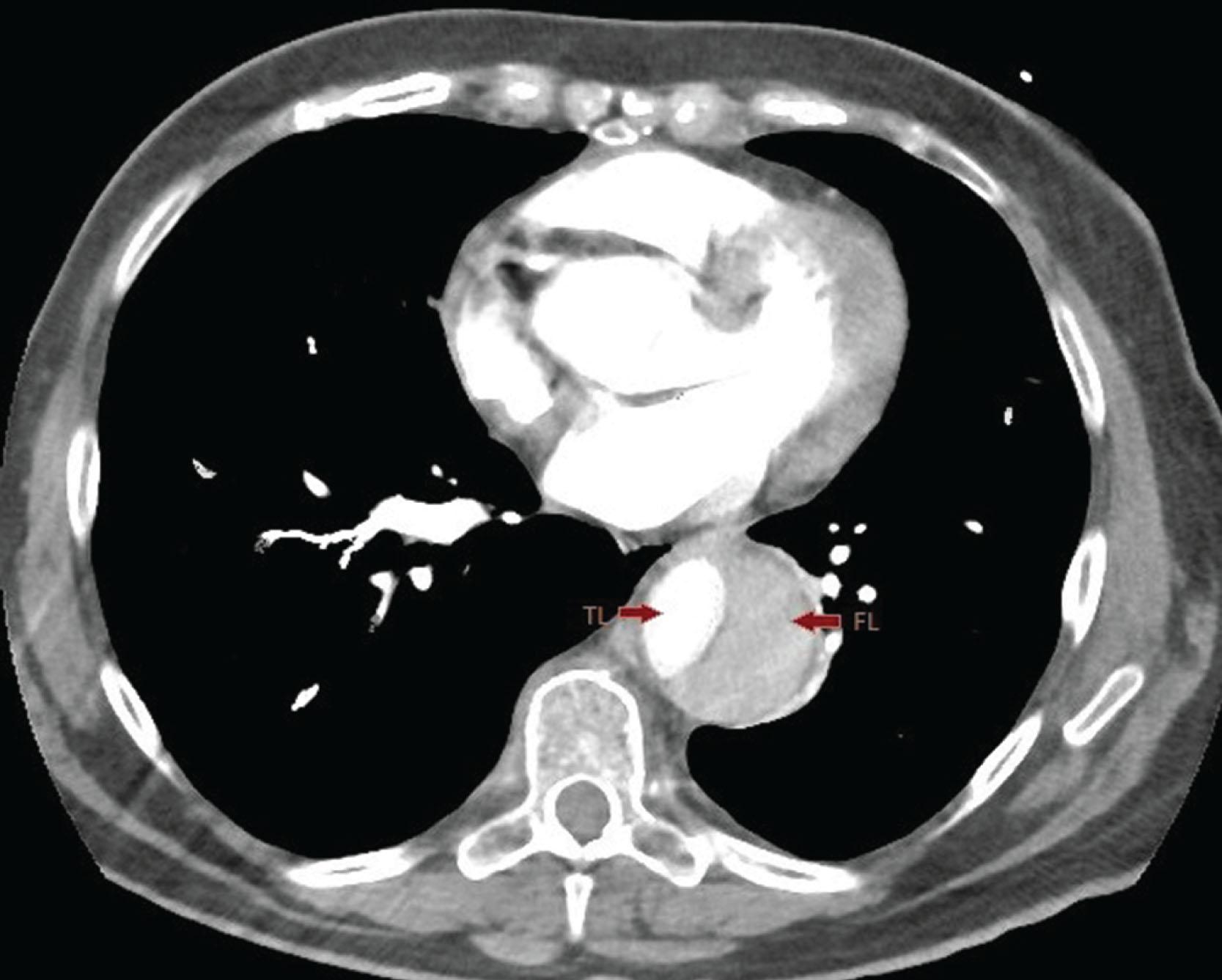Physical Address
304 North Cardinal St.
Dorchester Center, MA 02124
A rapid response event was initiated by the bedside nurse for new-onset, severe chest pain. Upon prompt arrival of the rapid response team, it was found that the patient was a 47-year-old male with a known history of insulin-dependent diabetes mellitus, hypertension, and substance abuse. He was admitted a few hours earlier for altered mental status and bizarre behavior, and a urine toxicology screen was found to be positive for cocaine and methamphetamines. The patient had developed acute onset, sub-sternal, 10/10 chest pain 10 min before the rapid response event was initiated. The pain was stabbing and radiating to his back. He was nauseous but denied any other symptoms.
Temperature: 100°F, axillary
Blood pressure: 240/135 mmHg
Pulse: 145 beats per min (bpm) – narrow complex tachycardia on telemetry
Respiratory rate: 32 breaths per min
Pulse oximetry: 97% oxygen saturation on room air
The patient was a middle-aged male sitting up in bed in severe distress. His respiratory exam showed tachypnea and labored breathing, but the lungs were clear to auscultation. A cardiac exam showed tachycardia with a regular rhythm; no murmurs were identified. No edema was present. The abdominal exam was benign.
A cardiac monitor was attached. A stat electrocardiogram (EKG) was obtained, which showed sinus tachycardia; no ST changes related to acute ischemia were present. The patient was given 2 mg IV morphine for pain. He was also given 10 mg IV labetalol for elevated blood pressure, and a stat bedside chest X-ray was obtained. Chest X-ray showed a widened mediastinum indicating aortic dissection. The patient was started on esmolol infusion, and a stat computed tomography (CT) angiogram of chest and abdomen per dissection protocol was ordered. Imaging was consistent with dissection of the descending thoracic aorta ( Fig. 3.1 ). An emergent consult was called to thoracic surgery, and the patient was transferred to the intensive care unit for further management.

Become a Clinical Tree membership for Full access and enjoy Unlimited articles
If you are a member. Log in here